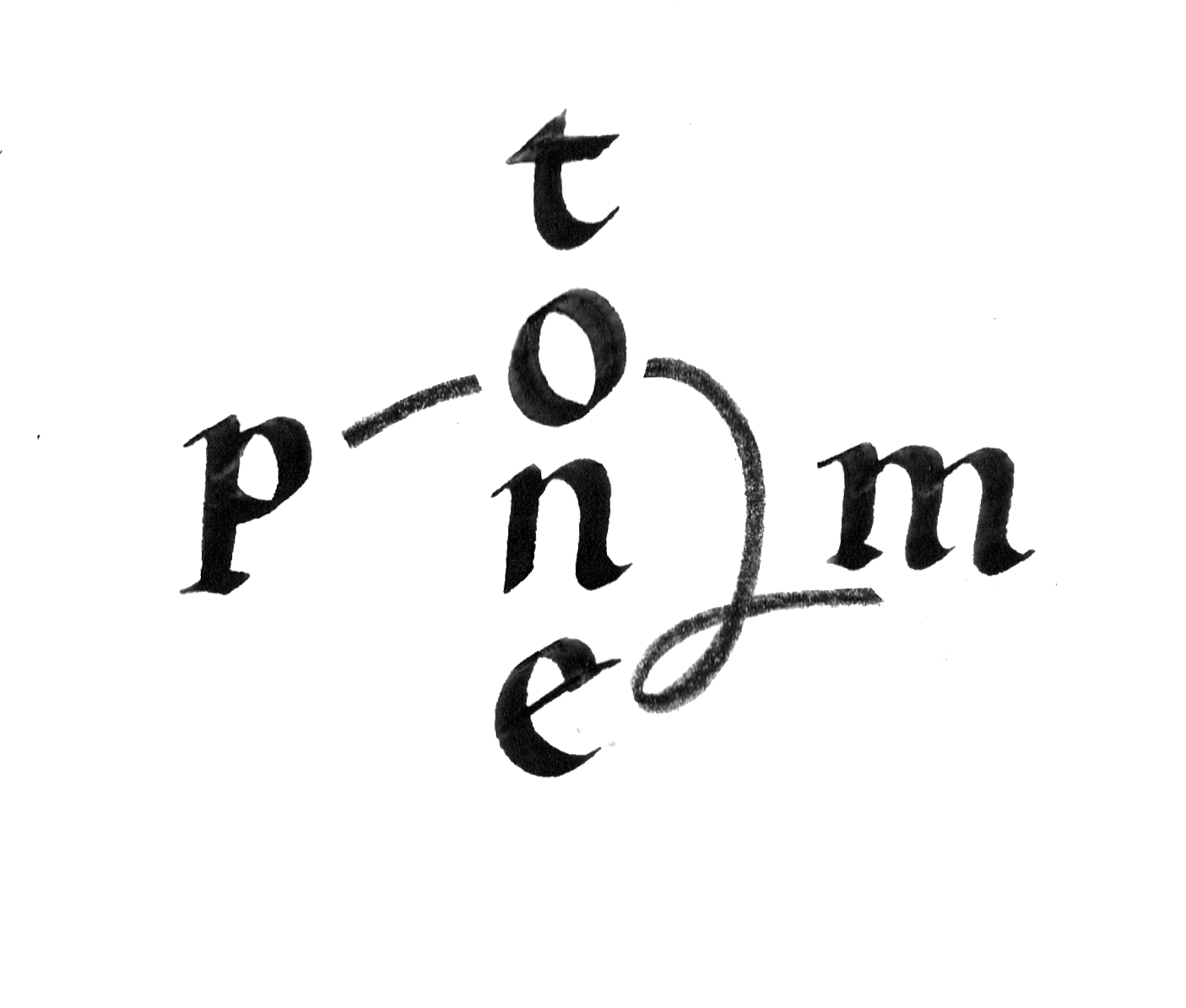 Image 1 of 2
Image 1 of 2

 Image 2 of 2
Image 2 of 2



Digital Caresse – Demain LP
“It was back in 1980 that Serge, a talented young musician from Guadeloupe, while studying for a degree in “Arts & Informatique” (Computers & Arts Cycle) at the Université De Vincennes near Paris, discovered early computer-generated digital music (MAO in French) thanks to his roommates, who both taught computer-generated graphic arts.
By 1986 he was back in Guadeloupe, teaching music in the secondary schools of Point-à-Pître and Sainte-Rose. While doing this, his ongoing passion for the budding MAO led him to kit himself out: the Yamaha CX5M (MSX Music Computer), the Macintosh Plus, the legendary synthesizers DX7 and DX11 and several other early rhythm machines became his new toys.
Him and his partner at the time, Marie-Reine Lamoureux, who was also both a teacher and a musician, as well as a member of the Fabriano Fuzion project, decided to involve their pupils in his electronic musical experimentations. They recorded an album, composed of five tracks deliberately titled Demain, under the name “Digital Caresse” (the idea behind this was that instead of hitting the percussions to make music, one stroked the computer keyboard to coax a sound). he combination of the children’s choir, enchanting wonky flutes, saturated electronic beat and cosmic atmosphere perfectly outline the purity of this rough diamond.”
“It was back in 1980 that Serge, a talented young musician from Guadeloupe, while studying for a degree in “Arts & Informatique” (Computers & Arts Cycle) at the Université De Vincennes near Paris, discovered early computer-generated digital music (MAO in French) thanks to his roommates, who both taught computer-generated graphic arts.
By 1986 he was back in Guadeloupe, teaching music in the secondary schools of Point-à-Pître and Sainte-Rose. While doing this, his ongoing passion for the budding MAO led him to kit himself out: the Yamaha CX5M (MSX Music Computer), the Macintosh Plus, the legendary synthesizers DX7 and DX11 and several other early rhythm machines became his new toys.
Him and his partner at the time, Marie-Reine Lamoureux, who was also both a teacher and a musician, as well as a member of the Fabriano Fuzion project, decided to involve their pupils in his electronic musical experimentations. They recorded an album, composed of five tracks deliberately titled Demain, under the name “Digital Caresse” (the idea behind this was that instead of hitting the percussions to make music, one stroked the computer keyboard to coax a sound). he combination of the children’s choir, enchanting wonky flutes, saturated electronic beat and cosmic atmosphere perfectly outline the purity of this rough diamond.”
“It was back in 1980 that Serge, a talented young musician from Guadeloupe, while studying for a degree in “Arts & Informatique” (Computers & Arts Cycle) at the Université De Vincennes near Paris, discovered early computer-generated digital music (MAO in French) thanks to his roommates, who both taught computer-generated graphic arts.
By 1986 he was back in Guadeloupe, teaching music in the secondary schools of Point-à-Pître and Sainte-Rose. While doing this, his ongoing passion for the budding MAO led him to kit himself out: the Yamaha CX5M (MSX Music Computer), the Macintosh Plus, the legendary synthesizers DX7 and DX11 and several other early rhythm machines became his new toys.
Him and his partner at the time, Marie-Reine Lamoureux, who was also both a teacher and a musician, as well as a member of the Fabriano Fuzion project, decided to involve their pupils in his electronic musical experimentations. They recorded an album, composed of five tracks deliberately titled Demain, under the name “Digital Caresse” (the idea behind this was that instead of hitting the percussions to make music, one stroked the computer keyboard to coax a sound). he combination of the children’s choir, enchanting wonky flutes, saturated electronic beat and cosmic atmosphere perfectly outline the purity of this rough diamond.”
